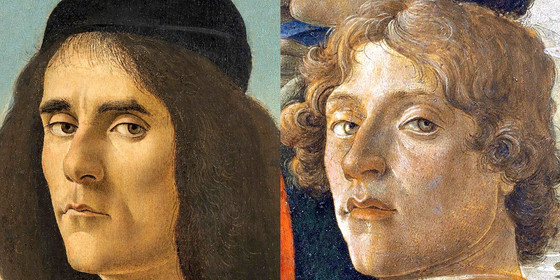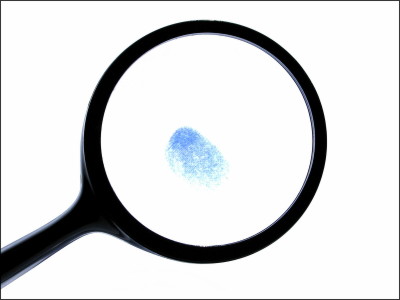Do painters unconsciously draw themselves into their work?

The idea that 'artists reflect themselves in their work' is called 'automimesis' from the word '
Do painters subconsciously paint themselves into their work?
https://resobscura.substack.com/p/do-painters-subconsciously-paint

According to Mr. Breen, the oldest document describing automimesis is a description by Cosimo de Medici , a 14th-century Florentine banker and art patron. After that, the phrase 'Ogni dipintore dipinge sé Ogni dipintore dipinge sé (all painters paint themselves)' seems to have spread around Italy during the Renaissance as an expression like a proverb.
Also, Leonardo da Vinci discusses automimesis in his book ' Theory of Painting '. Da Vinci's theory suggests that the tendency of painters to reflect themselves in their art is because they believe that the work reflects not only 'how they looked' but also 'how they thought'. It was done.

Mr. Breen cites the following image as an easy-to-understand example of automimesis. The man in the middle of the upper row of the image is a self-portrait of

In addition, the left image below is a portrait of

Of the interest of automimesis, Breen said, ``In historical research, empirical history and what knowledge historical experts derive from real-world practices is a fun but rarely paid attention. hm,” he says. When painting a portrait, it is very difficult to keep someone still for a long time, and changes in light source and facial expressions are unavoidable over time. At such times, painters often reach for the mirror to solve it, and 'automimesis is just a fancy name for a very practical and free solution,' says Breen. I am adding.
On the other hand, Mr. Breen points out that there are cases where ``artists put their own elements into their works as a commitment,'' not just as an immediate solution. The left image below is a self-portrait by Albrecht Dürer , a Renaissance German painter, and the center and right images are portraits drawn by Dürer. Here we can see that Dürer applied his own hairstyle to the characters in his work almost as it is.

Breen also cites the self-portrait of

Similarly, Benvenuto Cellini , an Italian Renaissance sculptor, is cited as an example of ``psychological automimesis''. There is research suggesting that the bust of Medici produced by Cellini may be a self-portrait reflecting Cellini himself, who was called 'Diablo (Devil)' by repeating remarks that admitted attempted murder from the modeling of details.
While some believe that automimesis was intentionally used as a kind of obsession or technique, according to art historian Frank Zollner , who is a professor at the University of Leipzig in Germany, some artists such as Botticelli ' He claims that he was unconsciously reflecting himself in his work. In the latter half of the 15th century, when automimesis is most commonly seen, artists were not famous at all because they were not published in newspapers or works, nor were they held in galleries or solo exhibitions. Therefore, some artists may have aimed to create opportunities for people to browse forever by embedding themselves in their works.
Mr. Breen points out that `` the ability of AI models '' is useful through research on automimesis. If the artist's self-portrait is clearly left, it is easy to study automimesis by comparing it with the work. You can create a corpus of faces and compare them by overlapping them by rotating them and adjusting their facial expressions. Breen said the resulting ``composite face of the figure'' could be closer to the ``artist's own face'' reflected in the work.
Related Posts:
in Art, Posted by log1e_dh







